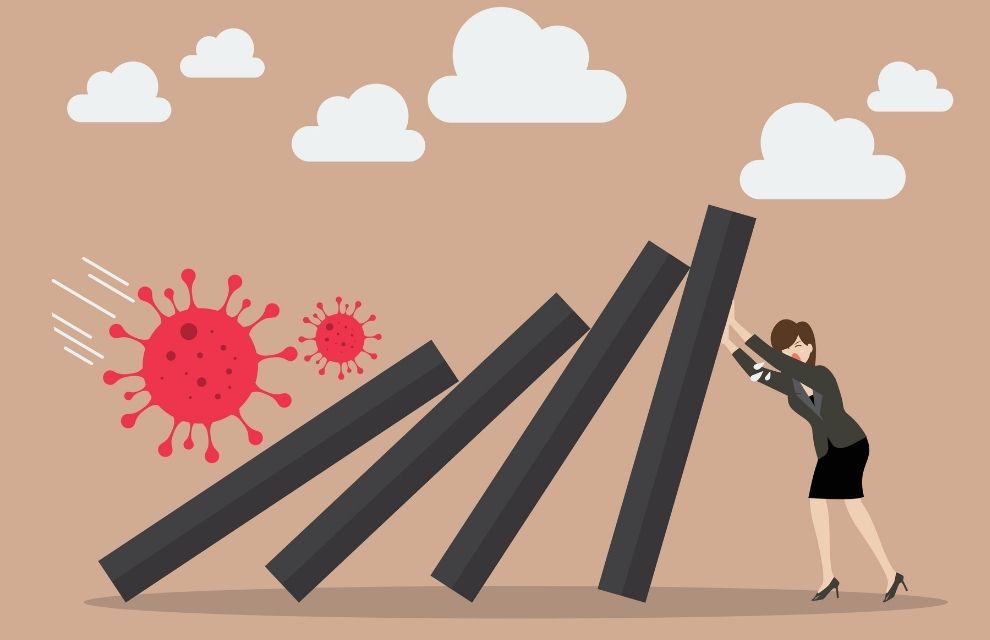Captives are set to benefit from the response of the wider insurance industry to the COVID-19 pandemic, according to an A.M. Best market segment report. The report explained that commercial insurance rate increases are expected to drive an uptick in new captive formations and greater utilisation of existing. The price increases in the (re)insurance market started to appear as early as 2018 in some segments. The market continued to harden in 2019, and increases have gained significant momentum in 2020, as the industry has reacted to losses resulting from the COVID-19 pandemic. A.M. Best added: “Since the beginning of the year, commercial insurers and reinsurers have commonly reported double-digit percentage increases in rates, and a tightening of terms and conditions.” The report highlighted that casualty lines have experienced significant price increases, as insurers have responded to the impact on the loss experience of social inflation stemming from increased litigation and so-called ‘nuclear’ verdicts. As a result of this, A.M. Best observed an uptick in the use of existing captives, as owners seek optimal risk transfer solutions. A number of captives have increased retention or limits on existing cover, while in some instances they have expanded into new lines of business as their parents have looked at increasing captive utilisation. The rating company also suggested that the current market environment could give rise to an increase in the formation of captives, as challenging economic conditions, added to the rising cost of insurance, provide the ideal environment for corporates to look at how they might optimise their risk transfer programmes. COVID-19 The European captives that A.M. Best rates have strong capital buffers that provide resilience against severe market shocks appears to have been successfully tested following the outbreak of the COVID-19 pandemic, the rating firm explained. The pandemic has resulted in “significant financial market volatility and a global economic slowdown”, which has generated increased claims activity and reduced earnings for a large number of insurers and reinsurers. However, A.M. Best said it has proved to be less of an issue for most of its rated European captives. The report outlined that rated European captives have not reported significant underwriting losses related to the COVID-19 pandemic, as they tend to operate in industries that have been able to continue to function through the crisis, and/or have no exposure to lines of business impacted by the pandemic. However, the report noted that in some instances, captives have reported reduced premium volumes driven by the slow-down of their parents’ activity. A.M. Best noted that some of its rated European captives write credit insurance and surety business, which are likely to encounter increased loss experience as the recessionary impact of the COVID-19 pandemic has the potential to lead to higher levels of corporate defaults. The loss experience in credit and surety lines has been limited as unprecedented state support initiatives across Europe have so far curbed the number of corporate delinquencies, the rating firm explained. European domiciles Europe’s top three captive domiciles Guernsey, Luxembourg and the Isle of Man have all seen a reduction in their number of registered captives during 2019, with the number of licences surrendered exceeding the number issued. But, A.M. Best said that it expects this trend to reverse in 2020 and 2021 as hard market conditions make captives more attractive as a risk retention tool. The regulatory frameworks in the main European captive domiciles are relatively stable, though some domiciles are undertaking reviews of their regulations while others have agreed changes, according to the report. One example is the Isle of Man Financial Services Authority, which has updated the Corporate Governance Code of Practice will apply to all non-life insurers with effect from 30 June 2021. Regulation With the 2020 review of Solvency II still ongoing, A.M. Best noted that one item under review, which will be of particular interest to captives and their owners, is the application of proportionality. Under Solvency II, the principle of proportionality is applied to ensure that the practices and powers taken by supervisory authorities are proportionate to the nature, scale and complexity of the risk inherent in the business of the insurer or reinsurer. A.M. Best noted that as captives are often small and lightly staffed operations, this principle of proportionality is of particular importance to them in ensuring that the regulatory requirements do not become overly burdensome. It said: “Some argue that captives should be subject to lighter regulation when their only policyholder is their parent organisation, and there was lobbying in favour of the introduction of a two-tier supervisory regime to be considered as part of the 2020 review.” However, the European Insurance and Occupational Pensions Authority (EIOPA) rejected this option stating that it would lead to different levels of protection under Solvency II and create legal uncertainty. The supervisory body also stated that the original decision would be burdensome and monitoring difficult due to the reduced reporting envisioned. Instead, EIOPA vowed to reinforce proportionality across the three pillars of Solvency II. While EIOPA’s rejection of more substantial reform of the application of proportionality under Solvency II will be a disappointment to some captives, A.M. Best explained it is more beneficial to maintain a unified regulatory framework.


